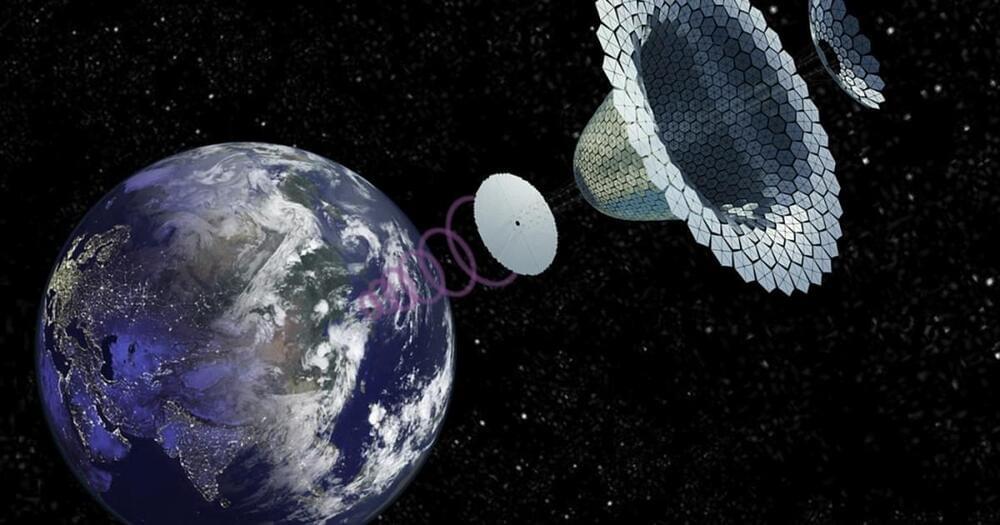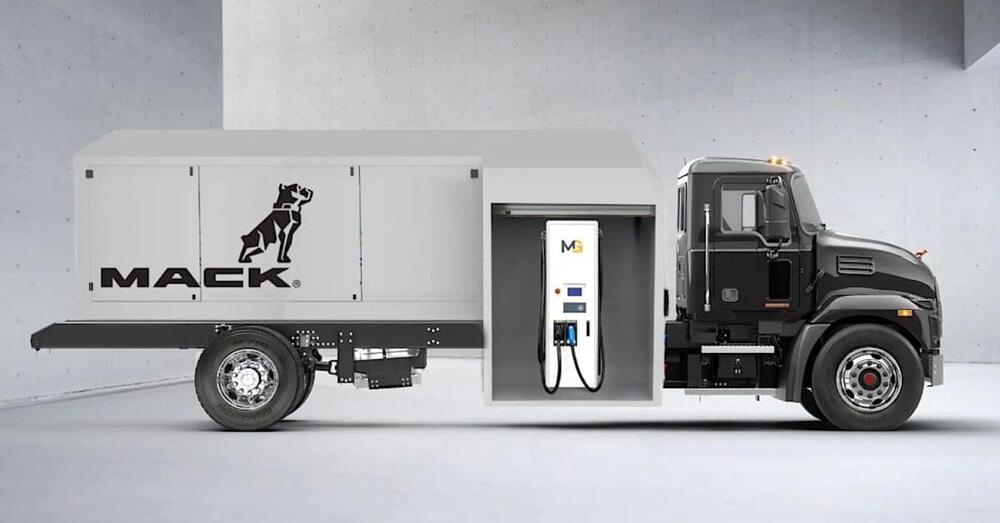In fact, the Space Force’s 45th Weather Squadron predicts 95% odds of “go for launch” weather conditions.
SpaceX announced the Starlink 6–43 launch is targeted for 7:05 p.m. EDT Sunday from Launch Complex 40, with backup opportunities available if needed until 11:03 p.m.
The Falcon 9 rocket will deploy another payload of 23 Starlink broadband satellites into low-Earth orbit, adding to SpaceX’s growing constellation.








